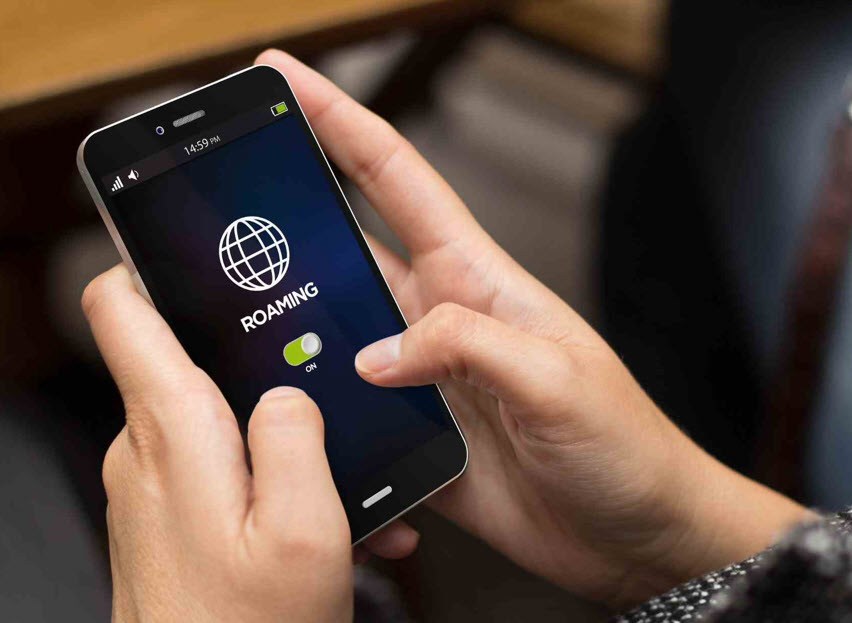Staying connected while traveling abroad has become increasingly important in today’s globalized world. However, using your mobile phone overseas can lead to unexpected and often exorbitant expenses in the form of roaming charges. Understanding how much are roaming charges and how to manage them is crucial for avoiding bill shock and keeping your travel budget in check.
This comprehensive guide will delve into the intricacies of international roaming charges, providing you with the knowledge and tools to navigate this complex landscape and stay connected without breaking the bank.
What are Roaming Charges?

Roaming charges are fees that your mobile provider levies when you use your phone outside your home network. This includes making and receiving calls, sending text messages, and using mobile data. When you travel abroad, your phone connects to a foreign network, and your provider needs to pay that network for the services you use. These costs are then passed on to you in the form of roaming charges.
How Much are Roaming Charges? Factors that Influence Costs
The cost of roaming charges can vary significantly depending on several factors:
- Your Mobile Provider: Different providers have different roaming agreements with foreign networks, which can result in varying rates.
- Your Destination: Roaming charges tend to be higher in countries with less developed mobile infrastructure or where your provider has limited partnerships.
- Type of Usage: Data roaming is typically the most expensive aspect of international roaming, followed by voice calls and text messages.
- Your Plan: Some mobile plans include international roaming allowances or offer discounted rates, while others charge hefty pay-as-you-go rates.
How Much are Roaming Charges? Typical Costs
While specific rates vary, here are some general examples of roaming charges you might encounter:
- Voice Calls: Making or receiving calls can cost anywhere from $0.50 to $3.00 per minute.
- Text Messages: Sending a text message can cost between $0.25 and $0.50.
- Data: Data roaming can be particularly expensive, with charges ranging from $2.00 to $15.00 per megabyte (MB).
Understanding Your Provider’s Roaming Policy
Before traveling abroad, it’s crucial to familiarize yourself with your mobile provider’s roaming policy. This information is usually available on their website or by contacting customer service. Key aspects to consider include:
- Roaming Rates: Understand the specific rates for voice calls, text messages, and data in your destination country.
- Roaming Packages: Inquire about any available roaming packages or add-ons that offer discounted rates or bundled services.
- Data Limits: Check for any data limits or fair usage policies that may apply to your roaming usage.
- Billing Cycle: Understand how roaming charges are billed and when they will appear on your account.
Tips for Minimizing Roaming Charges
- Turn Off Data Roaming: The easiest way to avoid hefty data charges is to disable data roaming on your phone. You can still access Wi-Fi networks for internet access.
- Use Wi-Fi Calling: If your provider supports Wi-Fi calling, enable this feature to make and receive calls over Wi-Fi networks, avoiding voice roaming charges.
- Limit Voice Calls: Keep voice calls short and consider using alternative communication methods like messaging apps or video calls over Wi-Fi.
- Download Content in Advance: Download maps, music, and other essential content before your trip to avoid using data roaming.
- Monitor Your Usage: Keep track of your data and voice usage to avoid exceeding any limits or incurring unexpected charges.
- Consider a Local SIM Card: If you’re staying in a country for an extended period, consider purchasing a local SIM card to take advantage of local rates.
- Use Travel Apps: Utilize travel apps that offer offline features or compress data to minimize roaming usage.
Alternatives to Traditional Roaming
- International Roaming Plans: Some providers offer international roaming plans with discounted rates or bundled services.
- Travel SIM Cards: These prepaid SIM cards offer local rates and data allowances in specific countries or regions.
- Portable Wi-Fi Hotspots: These devices create a Wi-Fi network using cellular data, allowing you to connect multiple devices.
- Communication Apps: Utilize messaging apps like WhatsApp, Viber, or Skype to make calls and send messages over Wi-Fi.
How Much are Roaming Charges? Staying Informed and Connected
Understanding how much are roaming charges and how to manage them is essential for staying connected while traveling abroad without incurring excessive costs. By following the tips outlined in this guide and exploring alternative communication methods, you can navigate the complexities of international roaming and enjoy your trip without worrying about bill shock. Remember to stay informed about your provider’s roaming policy, monitor your usage, and utilize available resources to minimize costs and maximize your connectivity.
لا تعليق